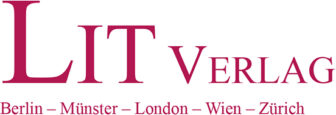Beschreibung
The Kenya Coast poses a development enigma in more than
one way. Historically it was part of the Indian Ocean world
and its economy. With the coming of colonial rule and later
nationhood, the political and economic allegiances inevitably
changed. Economic and political power shifted to the centre
of Kenya.
The coastal region is not richly endowed in natural
resources but it has economic lynchpins in the port of
Mombasa which serves Kenya and other East African
countries, the tourism industry which has great potential and
which flourished in previous decades but has recently shown
a steep decline, and agriculture which so far serves mainly as
a means of subsistence for large parts of the local population.
Despite this potential the region finds itself in a marginal
position.
This book traces the causes behind this situation and
analyses it from different angles – political, economical and
social. Authors from very different disciplines review
resources, economy, people and history as well as the
development potential and existing development limitations.
The latter consist not only of infrastructural and human
constraints but also of fragile coastal ecosystems, such as
coral reefs, beaches and mangrove forests, that easily suffer
from environmental degradation.
This handbook, with a preface by Ali A. Mazrui, is an
indispensable tool for anyone with a professional interest in
the East African Coast. The book contains 26 chapters
divided over 6 sections: Introduction, General background,
People and history, Economic resources, Human resources,
and Development issues. The book also contains a large
bibliography and statistical information.
Jan Hoorweg and Dick Foeken are senior
researchers at the African Studies Centre, Leiden, The
Netherlands.
R. A. Obudho is professor of Urban and
Regional Planning, University of Nairobi, Kenya.

